

|
|
|


|
Tamiya WWI British Tank Mark IV Male - # 48214 (Radio Controlled Model Review)1/35 Scale Electric Tank -
Released by Tamiya on June 30, 2018, the 1/35 R/C WWI British Tank Mark IV Male (#48214) comes with a TTU-10 transmitter and MC-07 receiver/motor control unit.
▼ Scroll Down for More Images ▼
Rating: 4
|








|
|
|

|
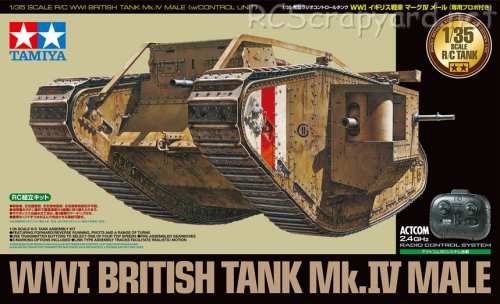
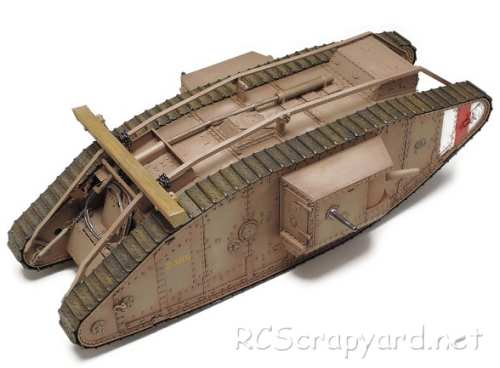
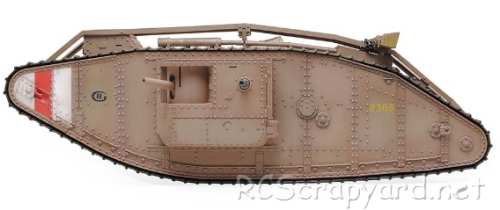
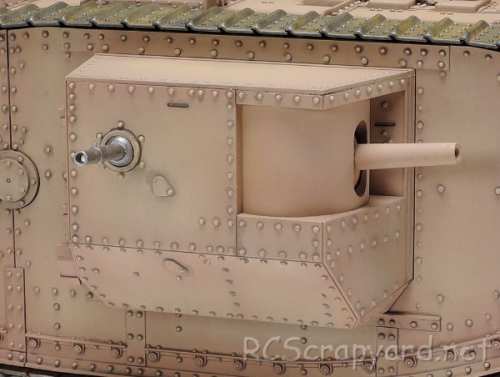
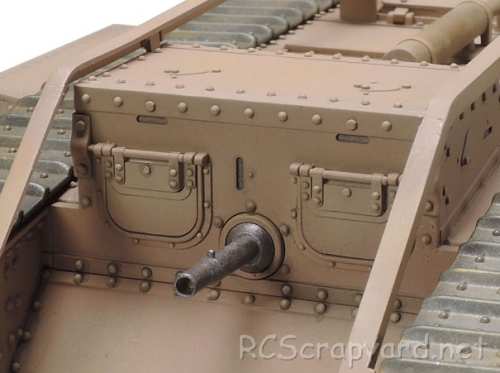
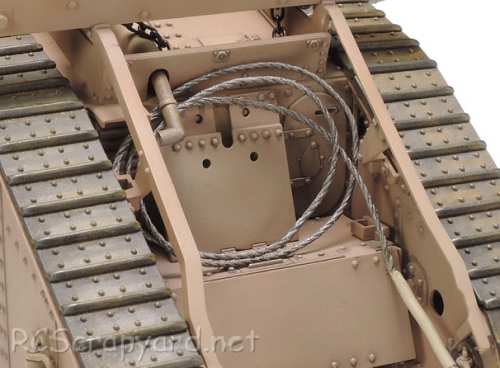
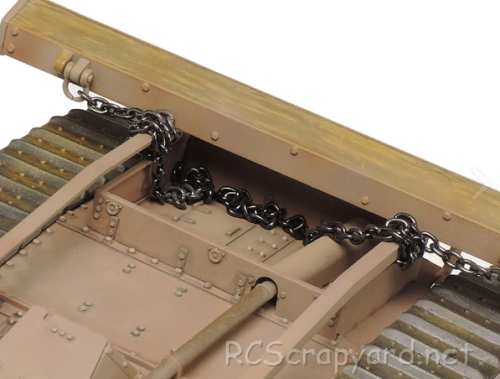
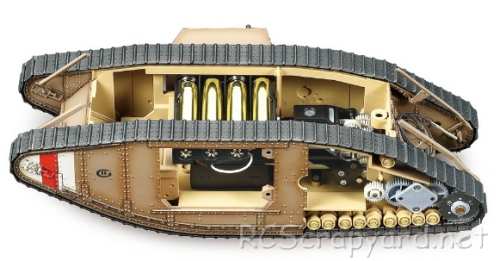
|
Hints, Tips and Information
How to avoid Radio Interference
1/ The first consideration when installing your Receiver into your Electrically Powered Model is to make sure it is well away from the Negative Battery terminal, and the Motor. The Magnetic field can cause stuttering type interference at times of high current draw (i.e., Fast Acceleration) |









|






|
|
|
|
Hints, Tips and Information Electric Motors for RC ModelsWinds and Turns
Q/ What does 15x2 or 17x3 mean? |
|
Hints, Tips and Information Rechargeable Batteries
|
|
RC Models:
|
Radio & Motors: |
Other
Accessories: |